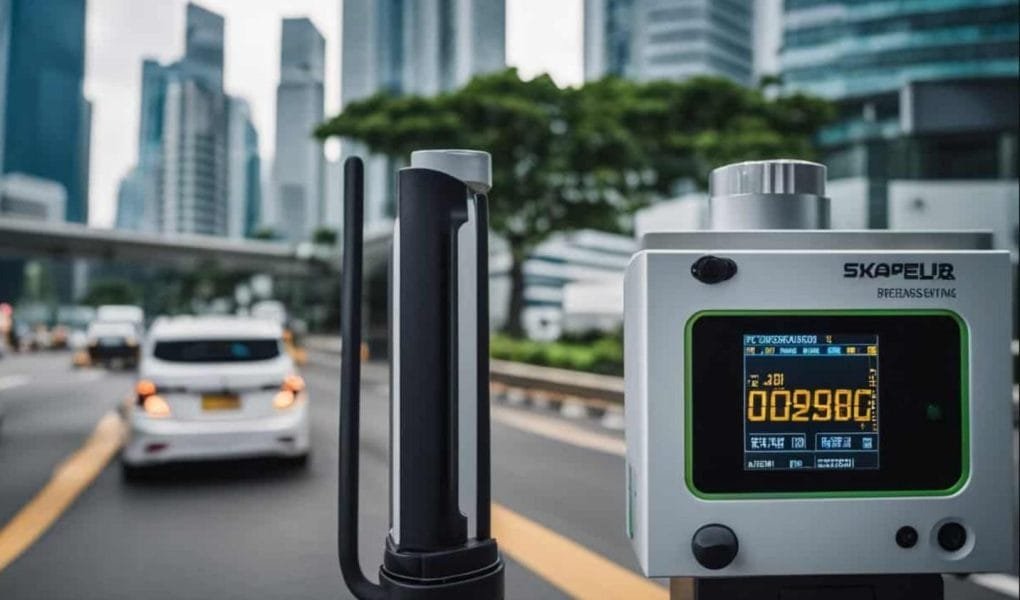Monitoring of noise is fundamental to urban environment management. While the world has become urbanized, noise pollution levels have risen correspondingly. Noise at very high decibels adversely affects health and welfare. Appropriate monitoring will provide valuable data toward helping to address these challenges. Such data can then be applied by urban planners to build more peaceful settings. Evaluations of levels of noise can be helpful for local governments in performing legislation. It has the standards being met on the same and improves on the quality of living amongst its residents. Monitoring determines the source of noise pollutants, for instance, due to traffic or construction among others. The people become well aware of what is considered noise in the community through monitoring. Through involvement of people, cities can force them to be involved in noise-reducing processes thus making noise monitoring essential to long-term development in towns.
Noise Monitoring in Workplaces: Enhancing Occupational Health
It indicates that noise in the working place has a relationship between health and performance in its own right. Noise over and above particular levels might give rise to hearing loss coupled with stress if sustained over time. This would bring in the need to apply noise monitoring programs aimed to ensure safety in the place of work. The organization can utilize a sound level meter in the exposure for measuring the noise level. It will help them track where changes are required. It decreases the noise either through sound proofing or fitting of the new equipment. This could be used to monitor whether the requirements of the regulation concerning the safety at workplace are met. This will minimize the risks associated with health issues that are experienced together with the noise. Hence, it will be to the benefit of the organizations. Morale and productivity by the employees will increase due to this. Since people considered essential are supposed to be healthy, this is assured. Therefore, by adequate noise monitoring, safety at work or occupational health is assured.
Noise Monitoring for Environmental Impact Assessments
Environmental impact assessments are very essential in the sustenance of development. Noise monitoring is very crucial when considering the environmental hazards involved. An EIA conducted before commencing a project is supposed to establish a baseline noise level. These findings are then used in the determination of how these planned initiatives will affect local communities. For instance, constructions usually make a lot of noise. Monitoring helps estimate the influence on local communities and wildlife. Location of sensitive receptors, such as schools and hospitals, is important. Information on noise will be used by the decision-maker to determine what would be appropriate mitigation. It can be in the form of acoustic barriers, reduction of hours of work, or construction methods that don’t affect noise levels. Besides, monitoring before and after the completion of the project ensures that there is a compliance with restrictions on noise. Ongoing noise measurements can also provide information regarding long-term impacts on ecosystems. This positive approach will also foster the trust of the community toward the project and increase the transparency of the project. Finally, inclusion of noise monitoring in EIA encourages prudent development practices.
Future Trends in Noise Monitoring Technology
Technological changes are currently revolutionizing the procedures to be followed for noise monitoring. The smart technologies integrated with data analytics are supposed to be key to noise monitoring in the future. Internet of Things (IoT) devices make noise monitoring possible in real-time. These can provide the continuous flow of data in the central databases. It enhances our ability to accurately analyse levels of noise pollution. With time, even mobile applications are becoming increasingly popular in the case of public participation. Noise complaints can be filed through available tools by citizens of urban areas.
Additionally, machine learning algorithms can learn to detect patterns in noisy data. This is helpful in identifying peak hours of noise and possible sources of disturbance. Remote sensing technologies are also becoming useful tools. They allow monitoring of noise in inaccessible areas without direct human contact. Lastly, modern acoustic modelling software can predict the propagation of noise. This technology will help in planning and implementation of noise reduction measures. As these technologies improve, they will enhance the management of noise in cities.







